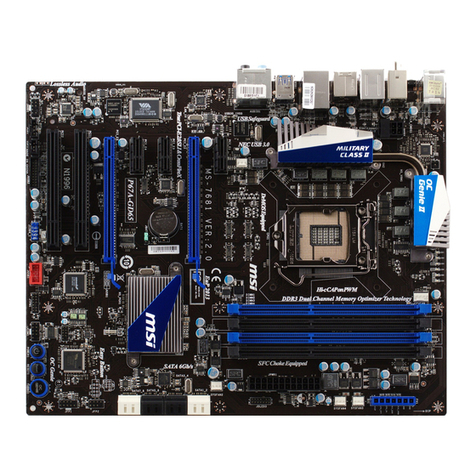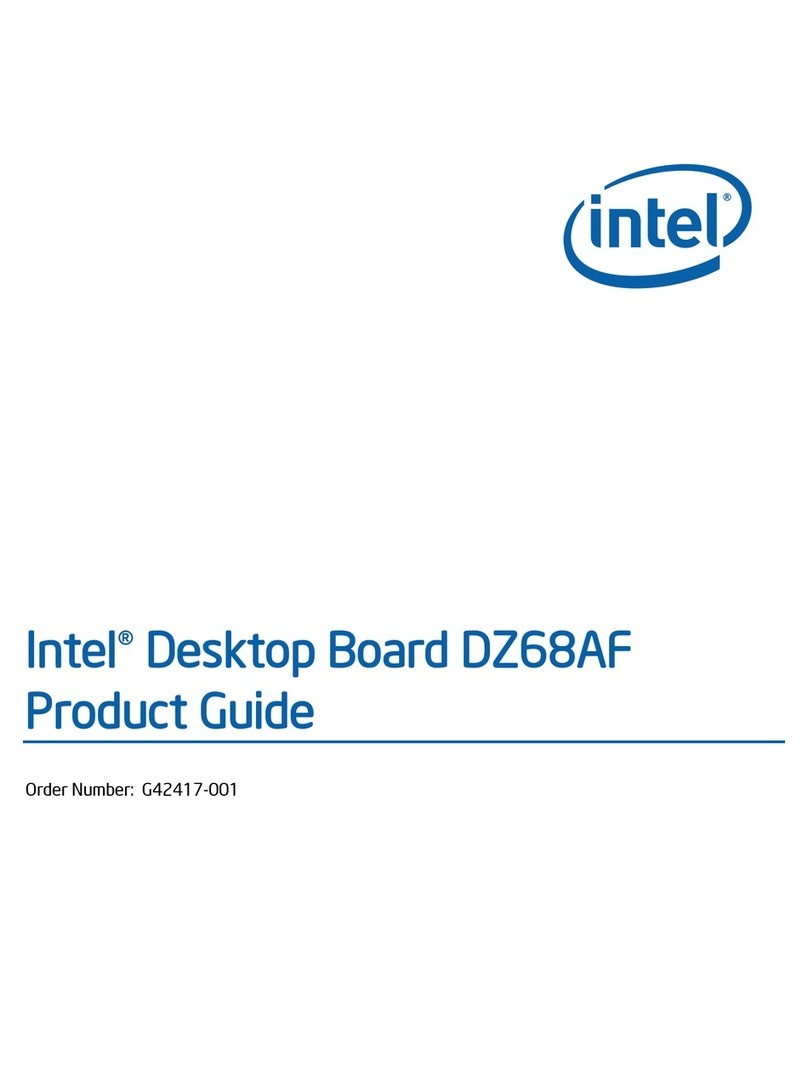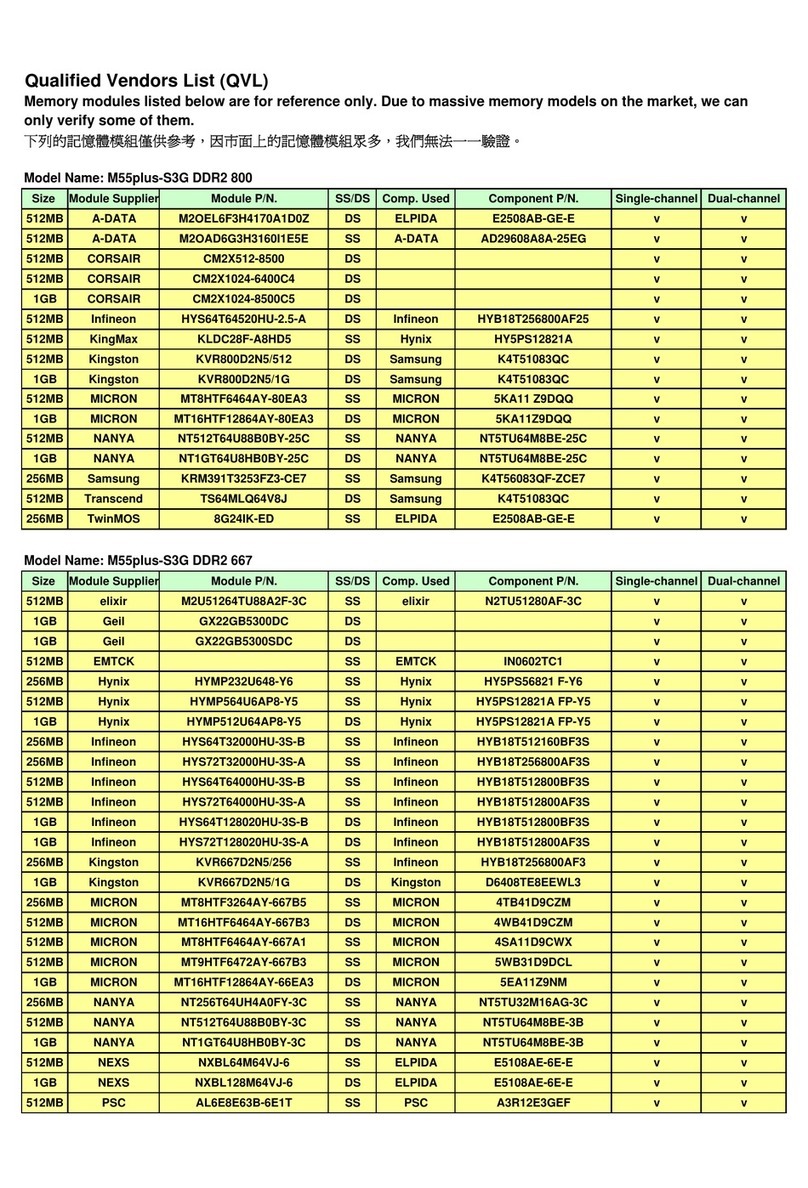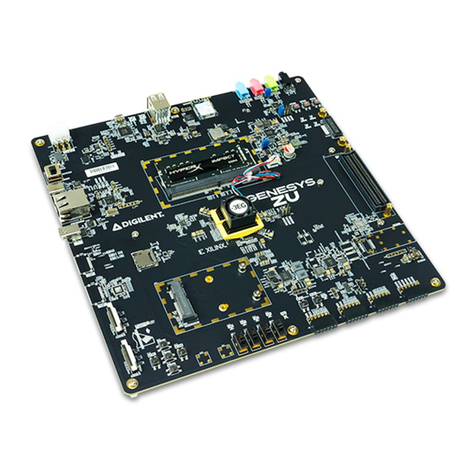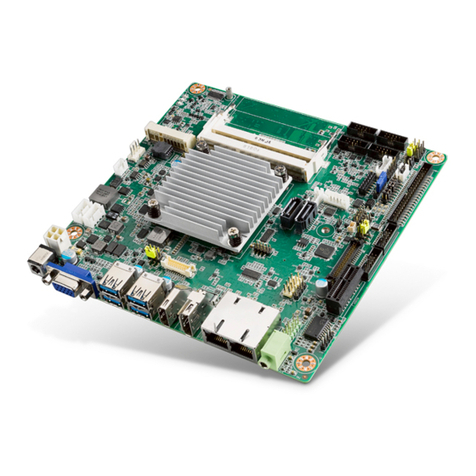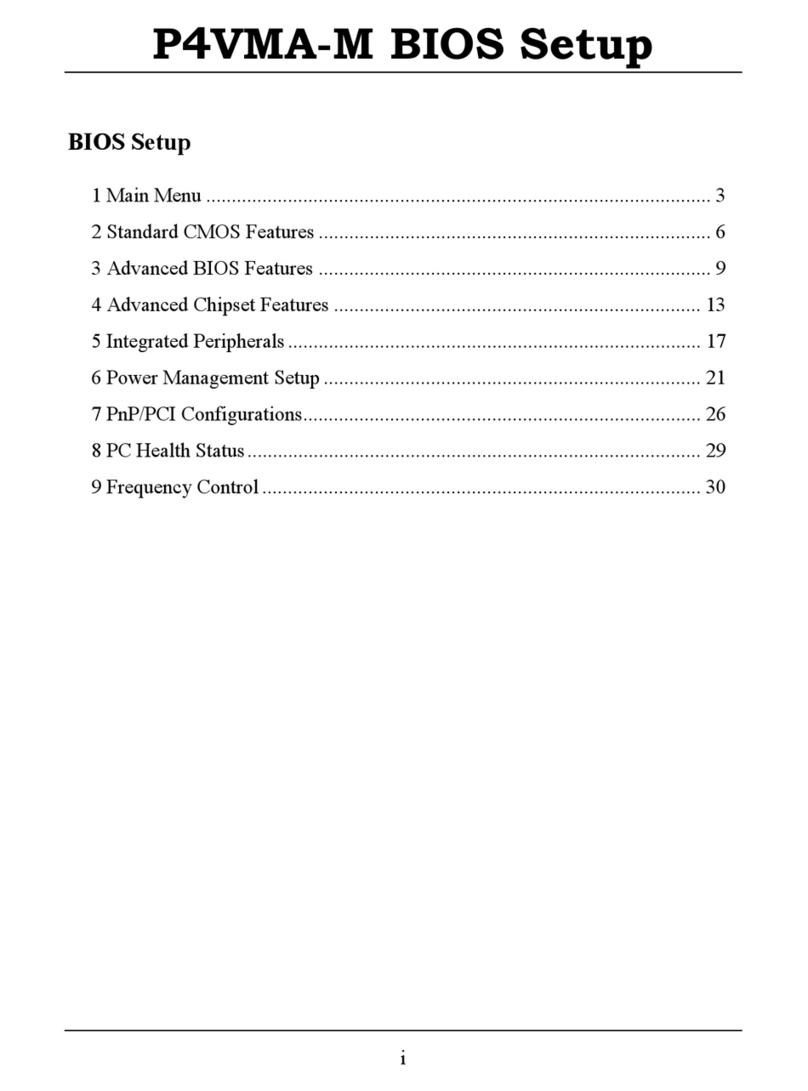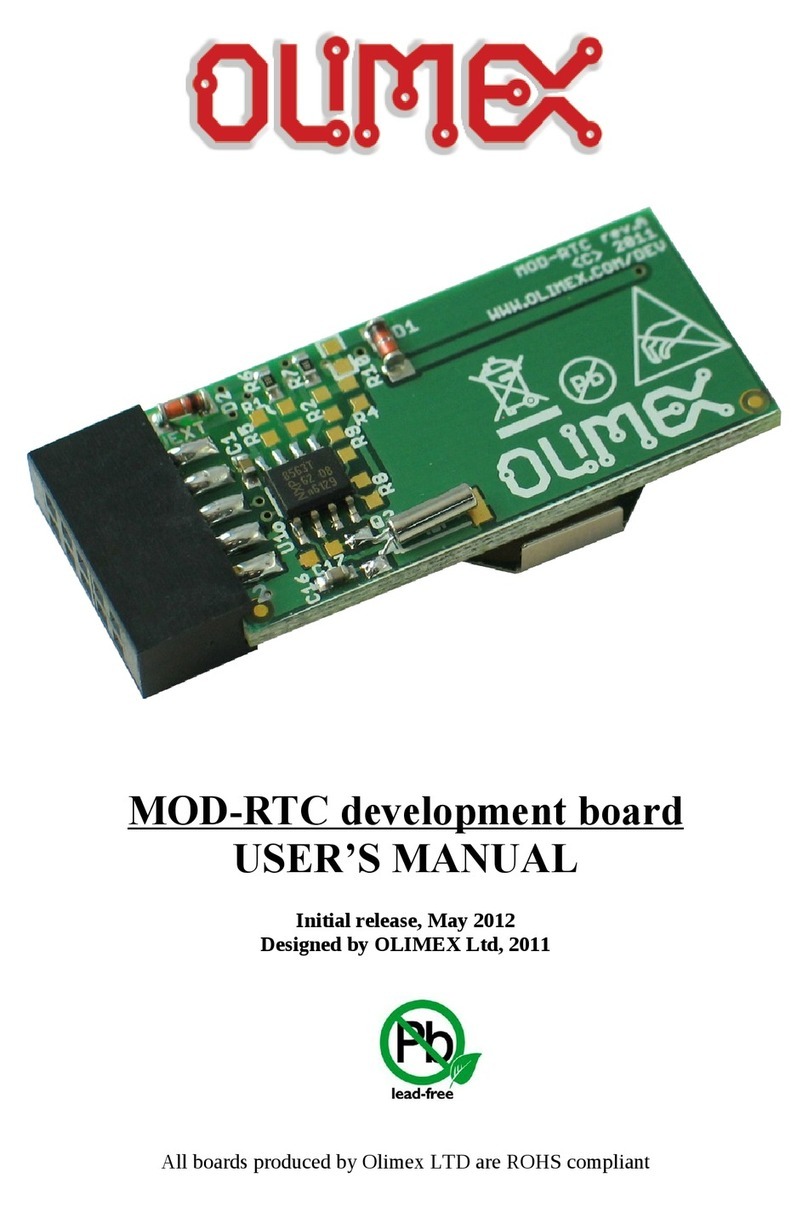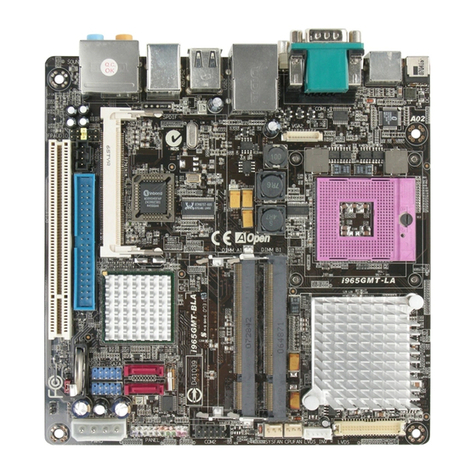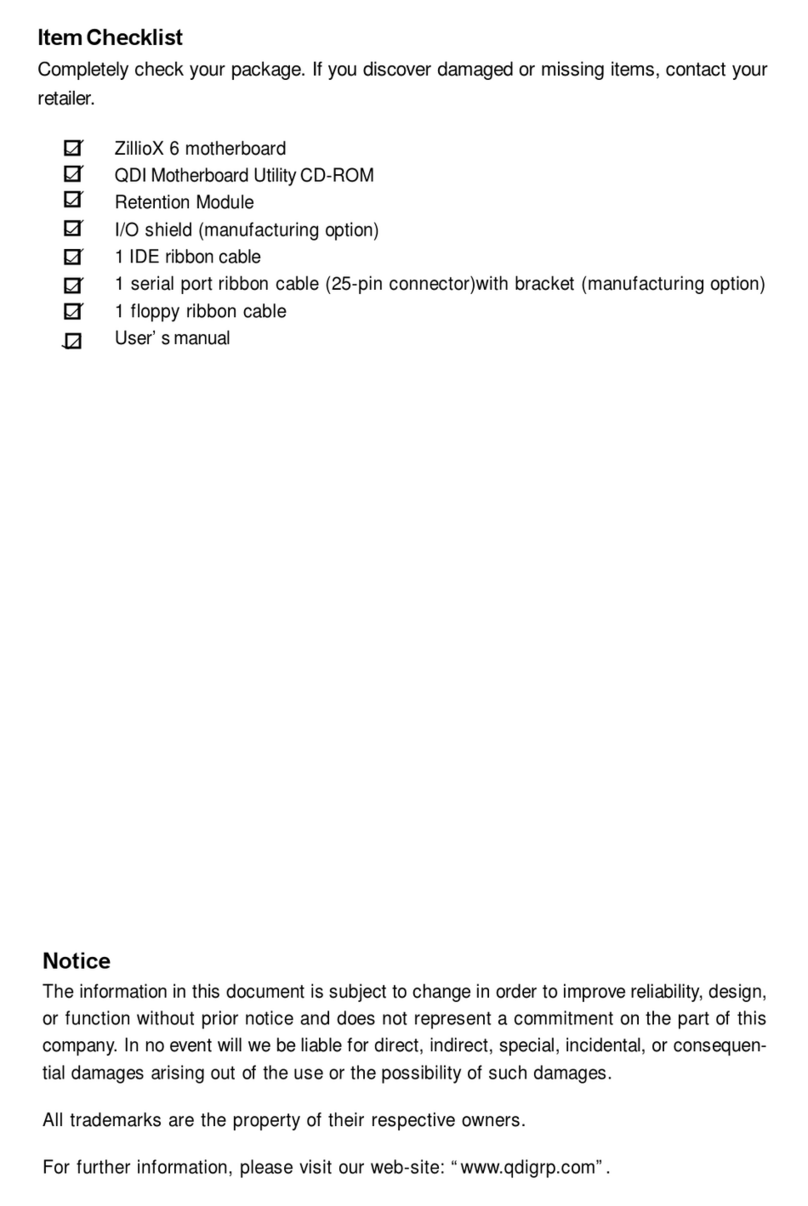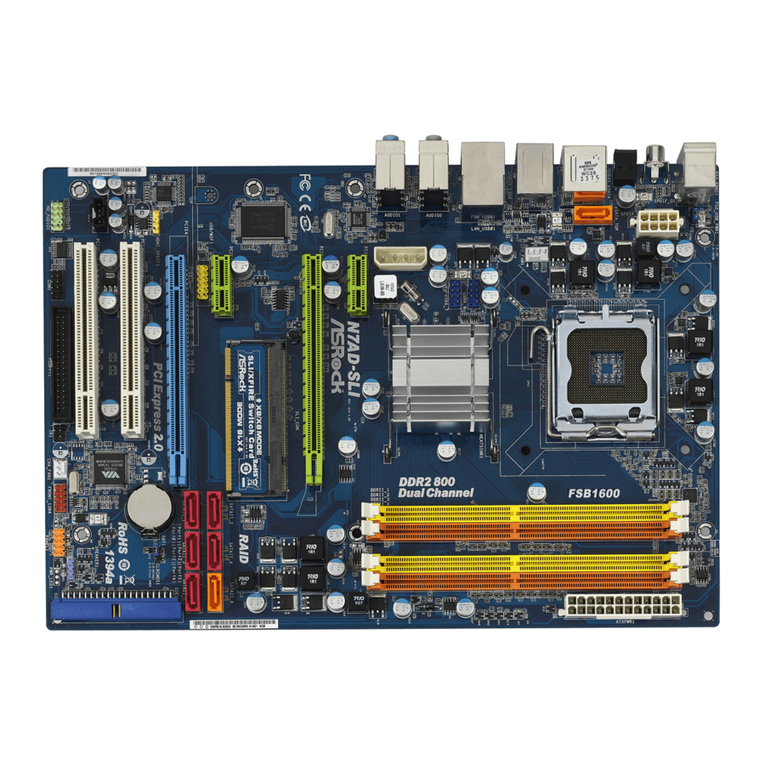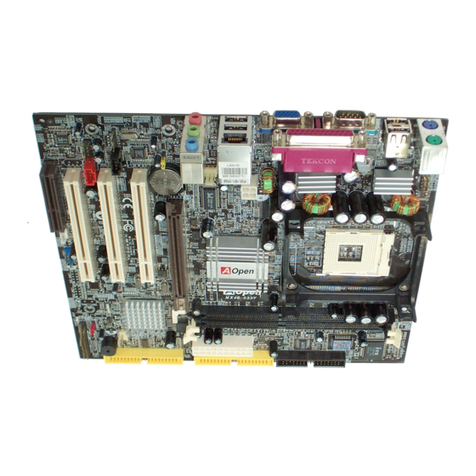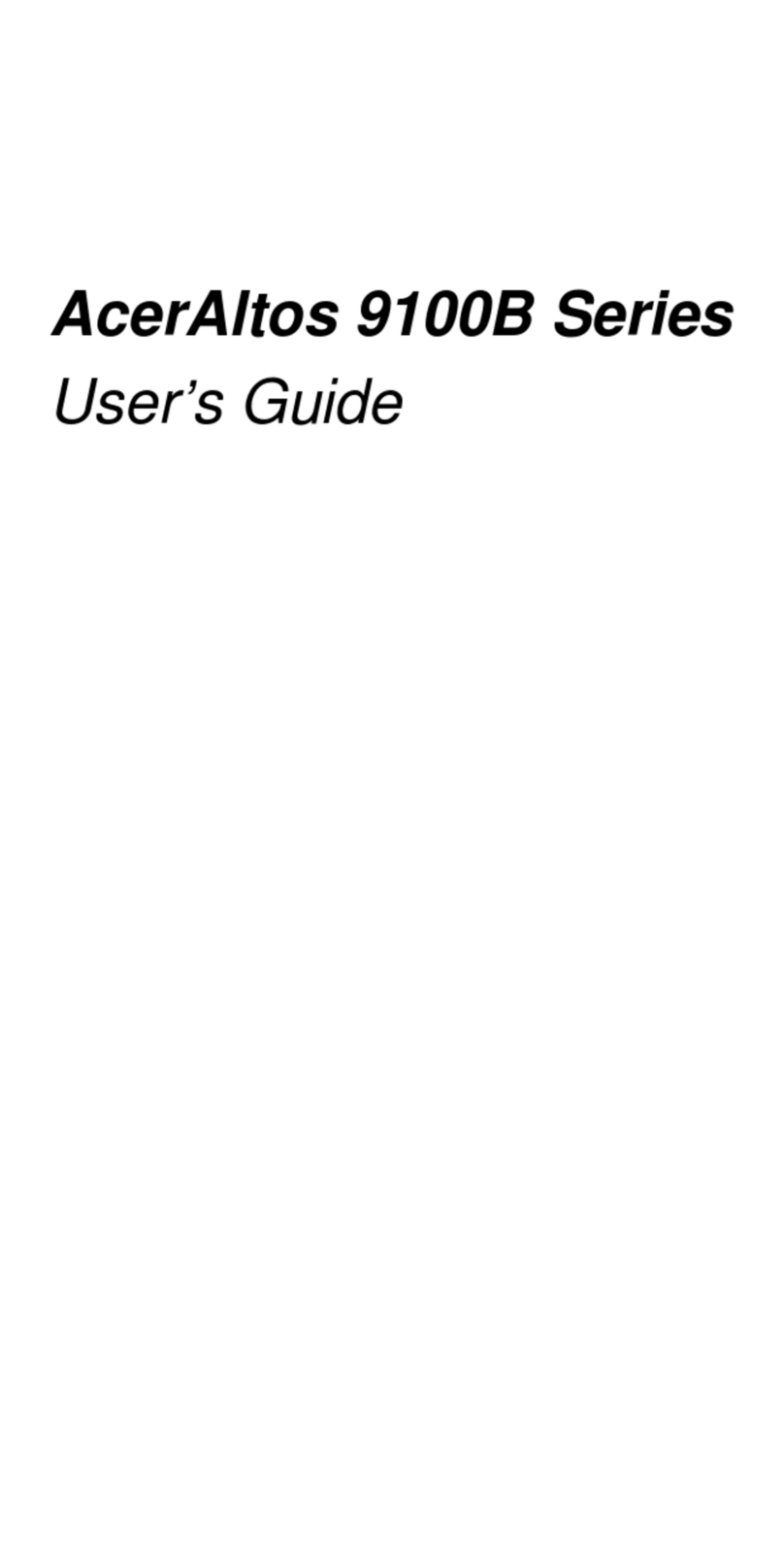Geehy SEMICONDUCTOR APM32F407 Series User manual

User Manual
APM32F407 EVAL Board
Version: V1.0

www.geehy.com Page 1
Introduction
This User Manual describes the functions, on-board resources and supporting SDK of
APM32F407IG EVAL Board. The SDK and related data mentioned in the document can
be obtained from the official website of Geehy (www.geehy. com).
APM32 Ecosystem
The APM32 ecosystem includes product application solution, hardware development
board, download simulation tool, development tool chain and SDK. Moreover, the
development tool chain is suitable for many development tools at home and abroad, such
as Keil-MDK, IAR for Arm, Eclipse, etc., and all of them are equipped with relevant
enginering in the SDK to meet the needs of different users in different platforms.
Figure 1 APM32 Ecosystem

www.geehy.com Page 2
Evaluation board
APM32F407 EVAL Board is a complete demonstration and development platform for
high-performance APM32F4xx series MCU, including a base board and two core boards.
The two core boards use APM32F407ZGT6 (LQFP144) and APM32F407IG T6
(LQFP176) as the core master, and the two MCU chips are based on Arm® Cortex®-M4
core, working frequency 168MHz. It is equipped with the corresponding SDK, which can
help developers evaluate chip performance of APM32F4xx series MCU or related
development applications.
Figure 2 APM32F407 EVAL Base Board

www.geehy.com Page 3
Figure 3 APM32F407ZG Core V1 Board
Figure 4 APM32F407IG Core V1 board
Figure 5 APM32F407 EVAL Board (taking APM32F407IG CoreV1 board as an example)
232 module
Digital camera module
Ethernet
module
USB module
CAN module
485 module
+5V power supply
LCD touch screen interface
Battery

www.geehy.com Page 4
Contents
Introduction.......................................................................................................................1
Function overview............................................................................................................5
SDK Overview...................................................................................................................8
References ......................................................................................................................22
Revision History .............................................................................................................23

www.geehy.com Page 5
Function overview
The APM32F407 EVAL Board mainly includes the following functional peripherals:
1. LDE:4
2. KEY:5
3. Buzzer: 1
4. JATA/SWD:1
5. Ethernet:1
6. USB-OTG:HS/FS
7. Support CAN-2.0/RS-232/RS-485
8. Support RTC with backup battery
9. Support MicroSDTM memory card
10. Support OV2640 camera module and expansion connector
11. Support 4.3" 800x480 TFT color LCD touch screen
Figure 6 APM32F407 EVAL Board Overview

www.geehy.com Page 6
Power supply
The APM32F407 EVAL Board can be powered by an external 5V DC power supply, or by
selecting USB-to-serial port Mini USB interface through the jumper cap. Other required
voltages are provided by the on-board voltage regulator. In addition, the JTAG interface
can also supply power to the evaluation board, but it can only supply 3.3V voltage to the
evaluation board.
Besides, rich 5V/3.3V/GND pin headers are reserved on the board for users to conduct
extended experiment.
Figure 7 Power Supply of APM32F407 EVAL Board
Battery interface
On-board CR1220 standard battery interface, used as backup power supply of RTC.
Clock
APM32F407 EVAL Board carries two external clocks:
X2, 32.768KHz clock is used for RTC or other required peripherals.
X2, 8MHz clock is used for APM32F407xx MCU. If the internal RC clock of the chip is
used, the clock can be removed or the HSE can be disabled
Reset control
Provide two reset controls, which can be generated by hardware or software:
RESET key; press it to send a reset signal.
JTAG reset signal.
Simulation and download interface
Standard 20-pin IDC JTAG connecting interface.
Four-wire SWD connecting interface

www.geehy.com Page 7
LCD screen
It supports 4.3-inch TFT color LCD touch screen with 800 x 480 pixels, and drives the
LCD screen through the SMC and I2C interfaces of MCU.
LED lights
APM32F407 EVAL Board carries 3 user LED lights, which can be used for display by
users or for indication purpose during the experiment.
Keys
APM32F407 EVAL Board carries 3 user keys, which can be used for LCD menu switching
or other input purposes.
SPI Flash
APM32F407 EVAL Board carries a SPI Flash chip W25Q16, provides 16M Bit of external
storage space, and is connected to this chip through the SPI1 interface of MCU.
RS485 interface
APM32F407 EVAL Board is connected to the RS485 chip through the USART3
peripheral and provides a RS485 interface. It should be noted that the RS485 function
requires 5V power supply to work normally.
CAN interface
APM32F407 EVAL Board has an on-board CAN interface, which can be used by users for
CAN communication. It should be noted that the CAN function module requires 5V power
supply to work normally.
Ethernet interface
APM32F407 MCU is equipped with Ethernet peripheral module, which can communicate
with external physical layer chip through RMII interface. The physical layer chip on the
APM32F407 EVAL Board is LAN8720A.
DCI interface
APM32F407 EVAL Board on-board DCI interface can transmit data of OV2640 camera
through DMA and display it on LCD. It supports processing data in the formats of JPEG
and RGB565.

www.geehy.com Page 8
SDK Overview
The SDK[1] is provided in the form of compressed packages, including on-board driver
packages, such as basic LED, Button, Buzzer and COM driver, DCI OV2640 driver
package, LCD screen driver package, SPI W25Q16 Flash driver package, SDIO SD Card
driver package and so on.
It also includes several necessary libraries, such as APM32F4xx standard library,
Ethernet peripheral driver library and USB OTG peripheral driver library. It involves many
routines that are easy to reuse, such as RS485 communication, CAN communication and
Ethernet communication.
Figure 8 SDK Directory Architecture
[1]. There is no package supported by IDE in the SDK of APM324xx_EVAL Board. You
need to obtain it on the official website of Geehy www.geehy.com.

www.geehy.com Page 9
On-board driver
The on-board drivers include basic LED, Button, Buzzer and COM drivers, DCI OV2640
driver package, LCD screen driver package, and W25Q16 Flash driver package.
Figure 9 On-board Driver
Library file
The library file contains APM32F4xx standard peripheral driver library, Ethernet
peripheral driver library and USB OTG peripheral driver library.
Middleware
The middleware used in the SDK package includes fat_fs and lwip-1.4.1.
IDE support
This SDK routine is equipped with the engineering of two development tools of Keil-MDK
and IAR for Arm.

www.geehy.com Page 10
Routine
The SDK package contains many applications that are easy to reuse, such as DCI
OV2640 camera, LCD touch screen, RS485 communication, CAN communication and
Ethernet RS485.
3.5.1 CAN LoopBack
The CAN LoopBack routine describes how to configure communication in loopback mode,
and compares the received message with the transmitted message. The data transmitted
by polling and interrupt will be displayed on the serial port assistant through USART1.
Figure 10CAN LoopBack
3.5.2 CAN Noemal
The CAN Noemal routine is communication conducted by two-way CAN peripherals of
APM32F107 and is used to show how to use the CAN module. During the experiment, the
H/L wires of CAN1 and CAN2 need to be short-circuited, and it shall be ensured that 5V
power supply is provided to the board. You can select to transmit data by polling or
interrupt.
In polling mode: after successfully receiving the data, "CAN polling test passed!" will be
displayed on the serial port assistant through USART1 and LED2 will be on.
In interrupt mode: after successfully receiving the data, "CAN interrupt test passed!" will
be displayed on the serial port assistant through USART1 and LED3 will be lit.
Figure 11 CAN Dual Menu

www.geehy.com Page 12
3.5.3 DCI OV2640
DCI OV2640 routine shows how to obtain image data of OV2640 camera by using DCI.
DCI continuously obtains the data of OV2640 camera through DMA and sends it to LCD
through USART2. When KEY1 is pressed, select RGB565 data format; when KEY2 is
pressed, select JPEG data format.
Figure 12DCI OV2640
3.5.4 DMC SDRAM
This routine provides how to use DMC to read and write data to external SDRAM, and
prints the information to the serial port assistant through USART2.
Figure 13DMC SDRAM

www.geehy.com Page 13
3.5.5 ETH Ping
This routine describes how to use APM32F4xx_ ETH_ Driver library to use Ethernet
functions. After the Ethernet motherboard is configured, the static IP address from
USART1 to printf will be used. If the computer pings the static IP address (192.168.73.22),
the computer will access the motherboard normally.
Figure 14ETH Ping

www.geehy.com Page 14
3.5.6 ETH TCP Client
This routine describes how to use APM32F4xx_ ETH_ Driver library to use Ethernet
function. After initialization, you can see the system information of the serial port assistant
through the USART1 or LCD screen. Connect to the server (IP 192.168.73.51:6000).
Disconnect the server through KEY2. You can use the TCP auxiliary program to send
data to the EVALBoard through the TCP server.
Figure 15ETH TCP Client

www.geehy.com Page 15
3.5.7 ETH TCP Server
This routine describes how to use APM32F4xx_ ETH_ Driver library to use Ethernet
functions to create TCP server, receive and send data to TCP client through tcp assistant.
After initialization, you can see the system information of the serial port assistant through
the USART1 or LCD screen. Create the server (IP 192.168.73.22 - 5000). Shut down the
server through KEY2. You can connect data to the EVAL Board through tcp assisatant.
Figure 16ETH TCP Server

www.geehy.com Page 16
3.5.8 LCD ShowFigure
LCD_ShowFigure routine describes how to use the LCD driver to display graphics on the
LCD screen. Press KEY1 and the LED will display different states. (LCD screen is 4.3
inches, 800 x 480 pixels).
Figure 17LCD ShowFigure
3.5.9 LCD Touch
LCD_Touch routine describes how to use interrupts to obtain LCD touch screen data. I2C
continuously obtains contact data through interrupts and converts it into axis calculation
data in the LCD window (4.3 inches and 800 x 480 pixels). You can touch some buttons to
control the LED and get feedback on the LCD. Each time complete touch data is obtained,
the LED will flip.
Figure 18LCD Touch

www.geehy.com Page 17
3.5.10 RTC Alarm
This routine describes how to use the RTC Alarm function. After initialization, LED2 will
light up; count down for five seconds, then wake up the RTC alarm, LED2 will go out, and
LED3 will flash. It can be monitored through USART1.
3.5.11 RTC Calendar
This routine describes how to use the RTC calendar function. After initialization, LED2 will
light up and LED1 will flash every second. It can be monitored through USART1 and LCD.
Figure 19LCD Calendar

www.geehy.com Page 18
3.5.12 SDIO SD Card
This program shows how to use the SDIO module to access the SD card data through
DMA and verify it after transmission. The data of the SD card can be displayed using the
serial port assistant. After the power supply, single-block test or multiple-block test can be
selected by KEY1 and KEY2.
Figure 20SDIO SDCard

www.geehy.com Page 19
3.5.13 SPI Flash
This routine uses SPI interface to access the external flash chip W25Q16, with a size of
16M Bit. The test process is to press KEY1, write and read data to Flash and compare
them. If the compared read and written data are equal, LED1 will light up and it can be
monitored through USART1.
Figure 21SPI Flash
3.5.14 SPI FullDuplex
This example shows how to transmit data through SPI peripherals. Press KEY1 to send
data from SPI1 to SPI2. If the communication is successful, LED2 will light up and the
data will be displayed on the serial port assistant. Press KEY2 to realize full-duplex
transmission from SPI1 to SPI2. If the transmission is successful, LED3 will light up and
the data will be displayed on the serial port assistant.
Figure 22SPI FullDuplex
Other Geehy SEMICONDUCTOR Motherboard manuals


